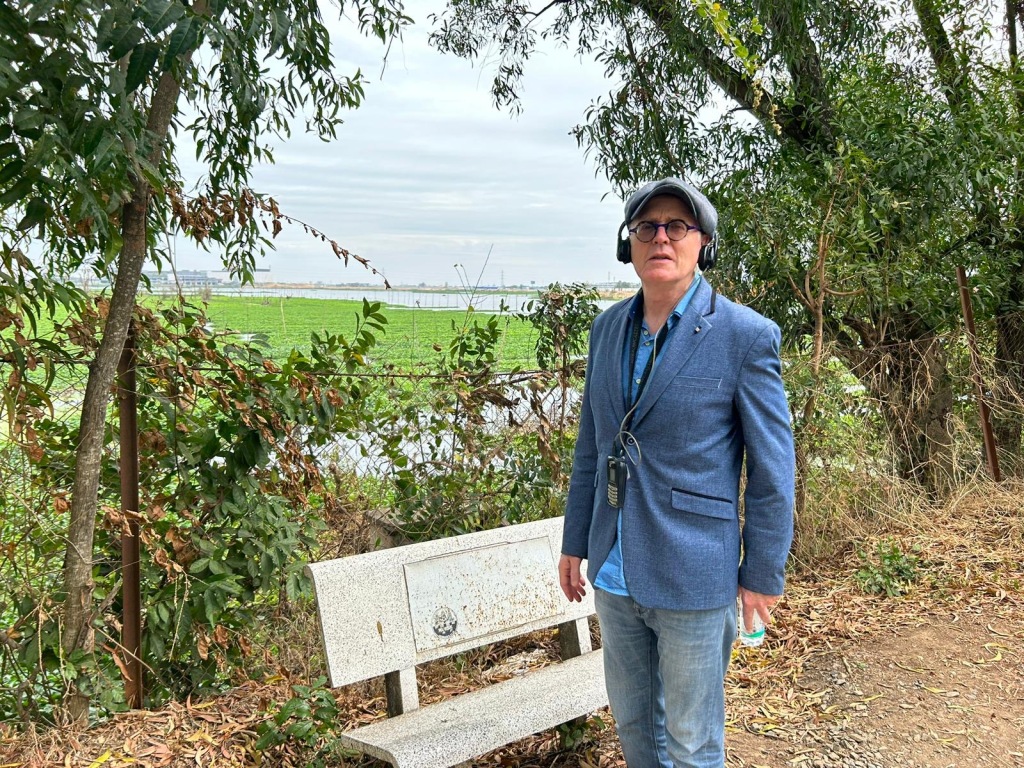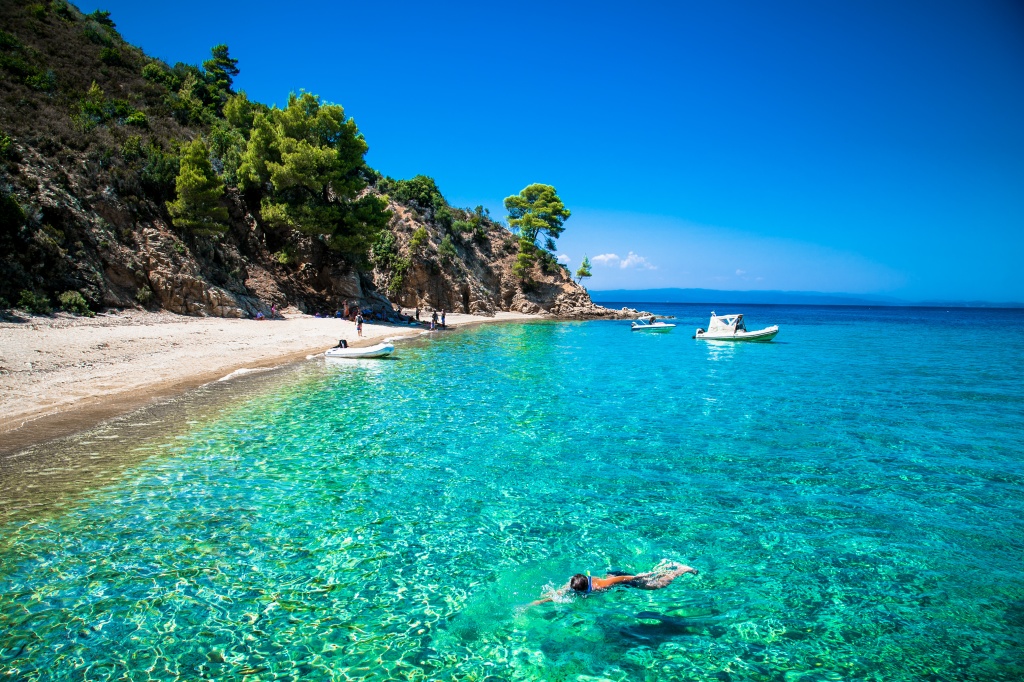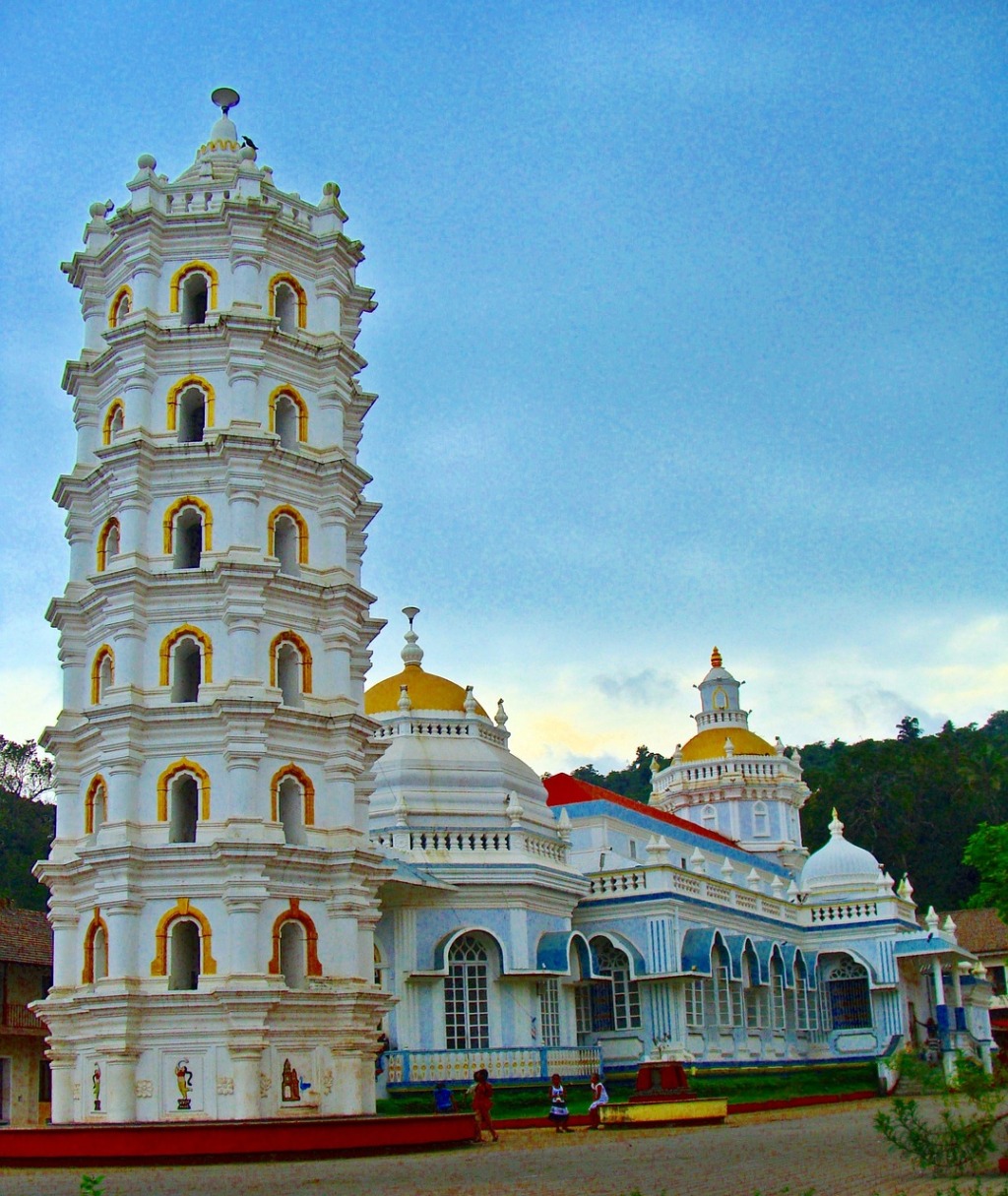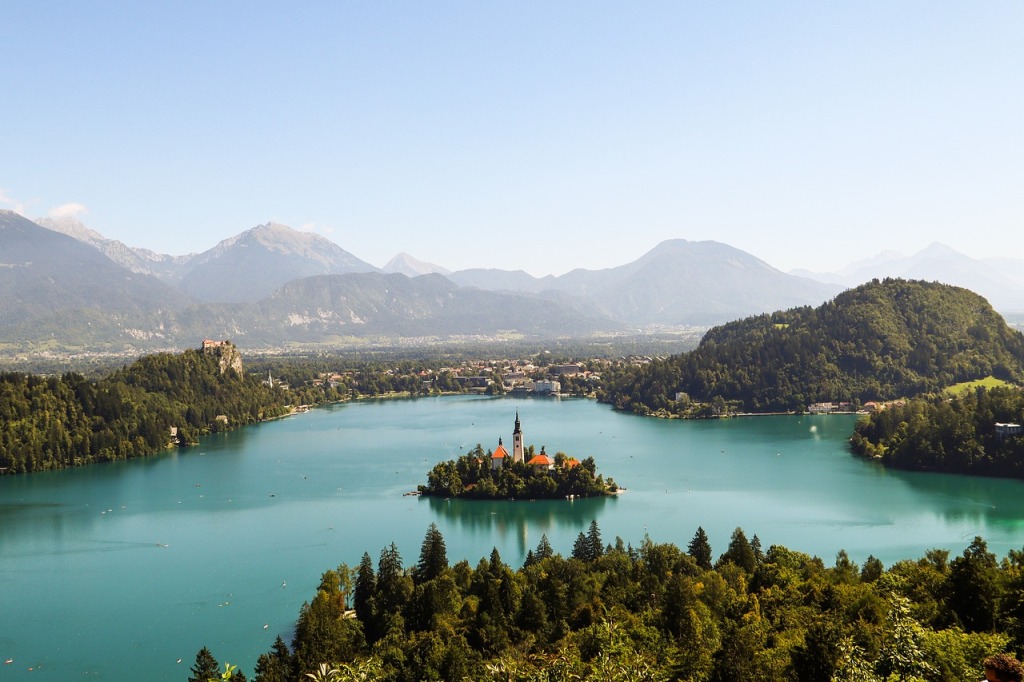In this week’s podcast episode (linked here), Kevin Flanagan visits Phnom Penh, the capital of Cambodia and luxuriates in its French Colonial-style architecture, while enjoying the fabulous Kyhmer street food. He also visits the genocide museums of The Killing Fields and asks the question – should one witness the atrocities of man? And, if so, what can you take away from such experiences?
Overall, Kevin found Phnom Penh to be one of the most challenging and incredible places he has ever visited. Listen to the podcast on Spotify, Apple or wherever you get your podcasts from, and here is an accompanying article with details on where to stay, eat and more:

French Influence
Founded in the 15th century by a Khmer noblewoman named Penh, the city grew into a significant centre of trade and culture. Much of what we see today comes from the French colonial period in the 19th and 20th centuries.
The French architectural influence on Phnom Penh is evident in many of the city’s buildings and urban planning. During the period of French colonial rule in Cambodia, which lasted from the late 19th century until the mid-20th century, when French architects and planners left a lasting imprint on the cityscape. Here are some key aspects of French architectural influence on Phnom Penh:
Colonial Buildings: Phnom Penh boasts numerous colonial-era buildings that reflect French architectural styles prevalent during the colonial period. These buildings include administrative offices, residential villas, and commercial structures. Characterised by features such as wrought-iron balconies, shuttered windows, and ornate facades, these buildings DEFINITELY contribute to the city’s architectural charm.
Grand Boulevards: The layout of Phnom Penh’s streets and boulevards bears the hallmark of French urban planning principles. Wide, tree-lined boulevards such as Sisowath Quay (along the Tonle Sap River) and Norodom Boulevard provide a sense of grandeur and symmetry to the city’s urban fabric, reminiscent of Haussmannian boulevards in Paris.
Public Squares and Parks: French colonial planners introduced public squares, parks, and gardens to Phnom Penh, providing green spaces for recreation and leisure. The most notable example is Wat Botum Park, located near the Royal Palace, which was originally laid out as a French-style garden.

Architectural Fusion: There is also a fusion of styles that reflects the blending of French and local Khmer architectural influences. This fusion is particularly evident in buildings such as the Central Market (Phsar Thmei), which combines Art Deco elements with Khmer motifs.
The French architectural influence on Phnom Penh is a testament to the city’s multicultural heritage and its role as a crossroads of East and West. The blending of French colonial architecture with Khmer traditions creates a distinctive urban landscape which I love.
Once you have arrived in the centre, you have many options on where to stay.
Where To Stay
The Pavilion: A boutique hotel set in a beautifully restored colonial villa, offering a tranquil oasis in the heart of the city.
- Website: www.thepavilion.asia
- Contact: +855 23 222 280
Raffles Hotel Le Royal: A historic luxury hotel offering colonial-era charm and modern amenities.
- Website: Click here.
- Contact: +855 23 981 888
Rosewood Phnom Penh: Located in the city’s tallest building, this upscale hotel offers stunning views of the skyline and the Mekong River.
- Website: www.rosewoodhotels.com/en/phnom-penh
- Contact: +855 23 936 888
What and Where To Eat

We went down to the river market area which is the Riverside area, specifically Sisowath Quay. Sisowath Quay runs alongside the Tonle Sap River and is lined with restaurants, bars, and nightclubs, making it a popular destination for locals and tourists alike to socialise, dine, and enjoy the city’s nightlife.
I went down a sidestreet and just picked on a local street stall where the mother cook had her kids running about. Fabulous Phnom Penh offers a diverse array of street food, reflecting the rich culinary heritage of Cambodia. Some of the popular local street food dishes you can find in Phnom Penh:
Nom Banh Chok: Rice noodles topped with a fish-based green curry gravy made from lemongrass, galangal, and turmeric. It’s typically served with an assortment of fresh herbs, raw vegetables, and sometimes dried fish.
Kuy Teav: A popular noodle soup made with thin rice noodles. The broth is usually flavoured with pork bones and simmered for hours to develop a rich and savoury flavour. It’s often served with sliced pork, beef, chicken, bean sprouts, green onions, and fresh herbs.
Num Pang: Similar to a Vietnamese banh mi, Num Pang is a Cambodian-style baguette sandwich filled with a variety of ingredients such as grilled meat, pâté, pickled vegetables, and fresh herbs. Perfect for eating on the go.
My favourite is Lort Cha: This popular street food dish features stir-fried short rice noodles tossed with a savoury sauce made from soy sauce, oyster sauce, and fish sauce.
Here are some of my suggested places to eat in:
Friends the Restaurant: A social enterprise restaurant serving delicious Khmer and Western fusion cuisine, with proceeds supporting at-risk youth.
- Contact: +855 12 802 072
Romdeng: Located in a restored colonial building, this restaurant offers traditional Cambodian dishes with a modern twist.
- Website:
- Contact: +855 92 219 565
Russian Market Food Stalls: Sample authentic Cambodian street food at the bustling stalls of the Russian Market.
Where To Drink
Again, going down the Riverside area is lively and a bit tacky by my standards but if you want a more elegant experience:
Elephant Bar at Raffles Hotel Le Royal: Enjoy classic cocktails in an elegant setting with live piano music.
- Website: www.raffles.com/phnom-penh/dining/elephant-bar
- Contact: +855 23 981 888
Bouchon Wine Bar: A cosy wine bar offering an extensive selection of wines from around the world.
- Website: www.facebook.com/bouchonwinebar
- Contact: +855 77 888 773
Le Moon Rooftop Bar: Take in panoramic views of the city while sipping cocktails at this stylish rooftop bar.
- Website: www.le-moon-rooftop.com
- Contact: +855 23 211 234
Where To Shop
Central Market (Phsar Thmei): Explore this iconic Art Deco market for a wide range of goods, including jewellery, textiles, and souvenirs.
Russian Market (Phsar Toul Tom Poung): Browse through stalls selling clothing, handicrafts, and local artwork.
Aeon Mall: A modern shopping mall with international and local brands, as well as restaurants and entertainment options. Contact: +855 23 901 100
Where To Explore

Royal Palace and Silver Pagoda: Discover the opulent residence of the Cambodian royal family and the glittering Silver Pagoda with its precious treasures.
The Killing Fields: But of course, Phnom Phen is most tragically known for the killing of over 2 million of its citizens under the genocidal reign of Pol Pot’s Khmer Rouge 1975-9, just over 40 years ago. Made public knowledge by the film The Killing Fields, a 1984 British biographical drama film about the Khmer Rouge regime in Cambodia, which is based on the experiences of two journalists: Cambodian Dith Pran and American Sydney Schanberg. Pran played by Cambodian doctor Haing S. Ngor had lived through the horror and had no previous acting experience but still took the Oscar for playing his role. Watch the film to get a real sense of the horror and if you visit you have to decide if you want to visit the two main genocide museums. I did and I will give you an overall impression:
Visiting S21 (Tuol Sleng Genocide Museum) and the Killing Fields (Choeung Ek) in Phnom Penh is a deeply sobering and emotional experience that provides insight into Cambodia’s tragic history during the Khmer Rouge regime.

S21 or the Tuol Sleng Genocide Museum is a former school you would almost pass it by save for the barbed wire that surrounds the walls. Inside, it is a children’s school turned hellhole.
I’d strongly advise you to use an audio guide. It’s very comprehensive and leaves you alone with your thoughts. Visitors are confronted with the stark reality of the regime’s atrocities. The museum’s exhibits include photographs, testimonies, and artefacts that document the suffering endured by thousands of prisoners who were detained, interrogated, and tortured within its walls.
I walked what I would describe as a modern-day Station of the Cross – it is, without doubt, the most evil-feeling place I have ever visited and I have been to Auschwitz.
From induction to being sent to Killing Fields – no prisoner escaped. And you were tortured until you confessed. That is the most brutal inescapable reality of the visit.

After visiting S21, travellers typically make their way to The Killing Fields at Choeung Ek, where S21’s prisoners were ultimately executed and buried in mass graves.
Journey from where the prisoners were met and lined up for execution with hoes and hammers. A short, bloody and brutal visit that took hours to complete while the pop songs declaring the greatness of Pol Pot were played out to drown the cries. It is the most sobering journey I have ever taken as it is so basic and so cruel. Being bludgeoned to death for having soft hands or wearing glasses. Insanity.
WARNING: human remains do appear often with clothing from under the shallow graves. The site is marked by a memorial stupa containing thousands of human skulls, serving as a poignant reminder of the lives lost during the genocide. As visitors walk through the serene yet haunting landscape, they encounter mass graves, remnants of torture facilities, and audiovisual presentations that provide context and perspective on the atrocities committed at the site.
Overall, the experience of visiting S21 and the Killing Fields is emotionally challenging and deeply impactful. It prompts reflection on the horrors of genocide, and the importance of remembering and honouring the victims.
Should I Visit S21 and The Killing Fields?
PROS
An educational experience that provides visitors with valuable insights into Cambodia’s tragic history during the Khmer Rouge era.
Historical Significance: S21 and The Killing Fields holds immense historical significance. It serves as a memorial to the millions of victims who suffered and perished within its walls, ensuring that their stories are remembered and honoured.
CONS
Emotional Distress: The experience of visiting S21 can be overwhelming, as it confronts visitors with graphic images, accounts of torture, and the suffering of innocent victims. Some visitors may find it difficult to cope with the intense emotions evoked by the museum’s exhibits and it could trigger trauma. Visitors need to approach the experience with sensitivity and self-care.
The answer is to visit while always allowing yourself permission to leave at any stage.
Here are the contact details for S21 (Tuol Sleng Genocide Museum) and the Killing Fields (Choeung Ek) in Phnom Penh, Cambodia:
S21 (Tuol Sleng Genocide Museum):
– Address: Corner of Street 113 & Street 350, Phnom Penh, Cambodia
– Phone: +855 12 833 512
– Email: tuolslengmuseum@gmail.com
– Website: www.tuolsleng.gov.kh
Killing Fields (Choeung Ek Genocidal Center):
– Address: Roluos Village, Sangkat Cheung Aek, Khan Dangkor, Phnom Penh, Cambodia
– Phone: +855 23 305 371
– Email: info@killingsfield.org
– Website: www.cekillingfield.com
Phnom Phen – My Verdict?

A really important destination if you want to see the legacy of colonialism and its worse outcomes. Also to understand the cruelty we can visit on one another. But also how human beings survive and renew. I ended up passing a bar with the rainbow flag outside. I entered and talked to the owner who told me there are now several LGBT&Q bars in the capital. I bought a beer and sat outside chatting to the customers and it dawned on me, as they told their stories, that this would have been inconceivable just 40 years before.
Phnom Phen is a fabulous city and definitely worth a visit for all the reasons listed above. Definitely one of my Top Travel Destinations.



Leave a comment